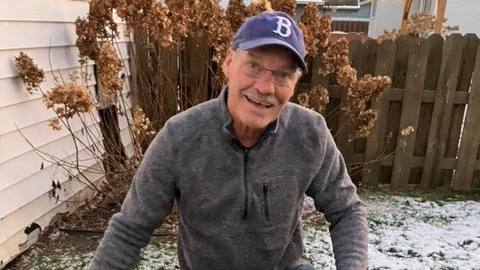Sharing Mayo Clinic

January 1, 2023
Bruce Simones has worn many hats in his life and likes to be busy. He's been a student, father, nurse, business owner, mentor, friend, grandfather[...]

August 6, 2010

August 5, 2010

July 24, 2010

July 23, 2010

July 22, 2010

July 16, 2010

July 14, 2010

July 13, 2010

July 11, 2010

July 9, 2010
Explore more topics
 Sign up
Sign up

Mayo Clinic Connect
An online patient support community
